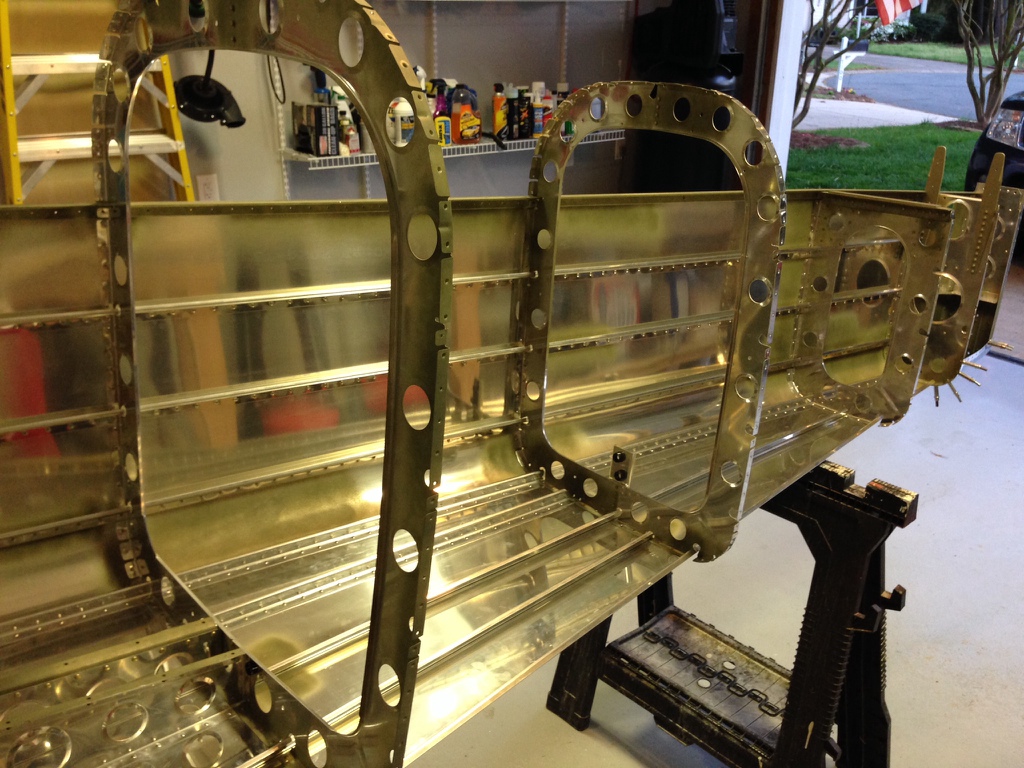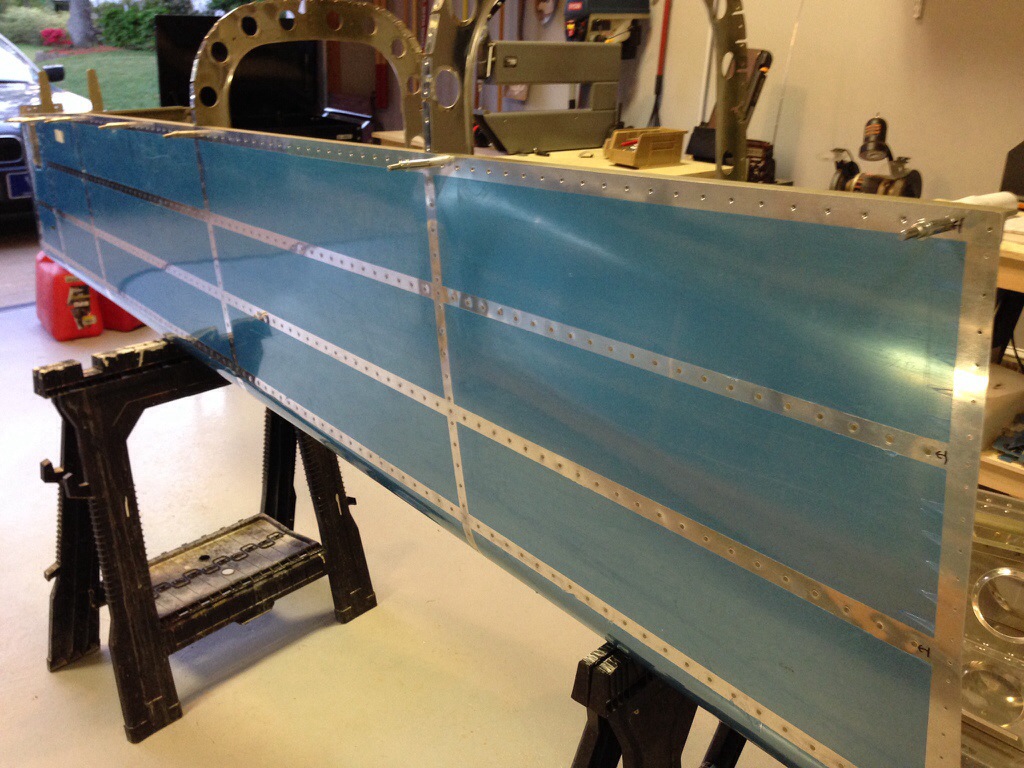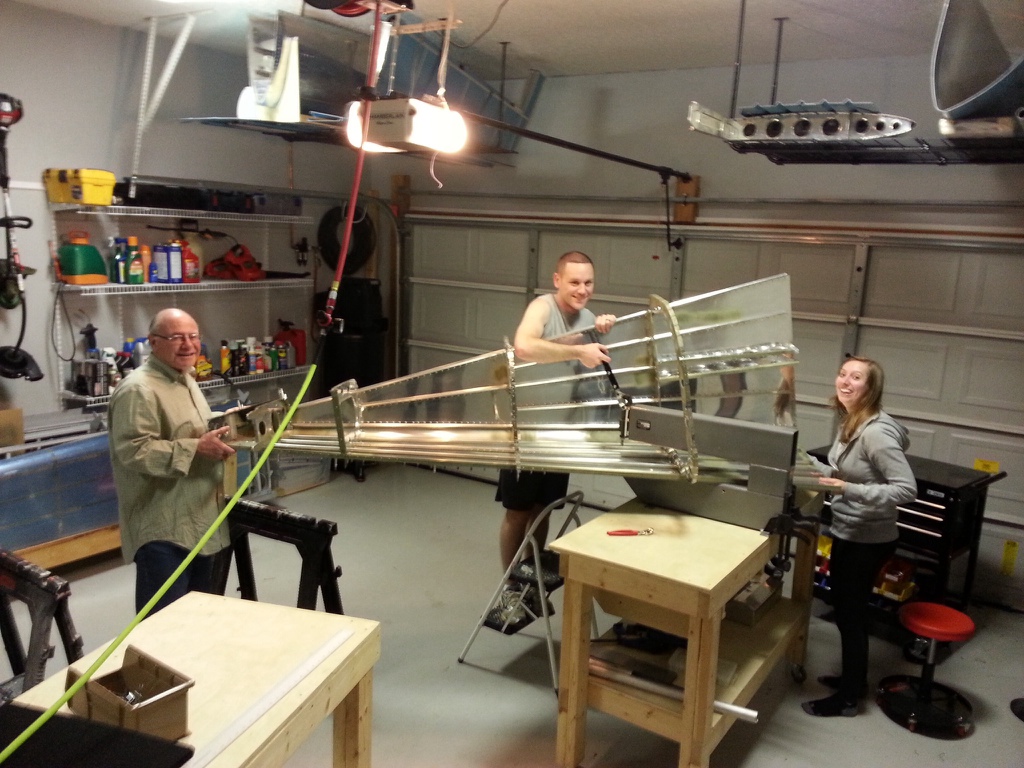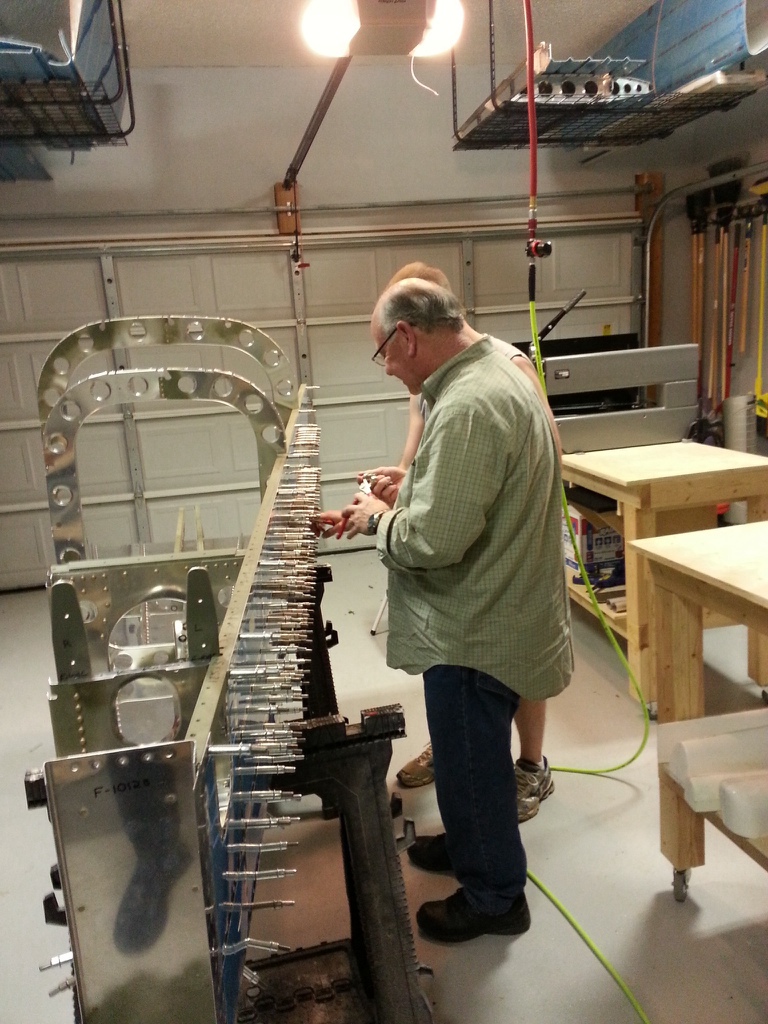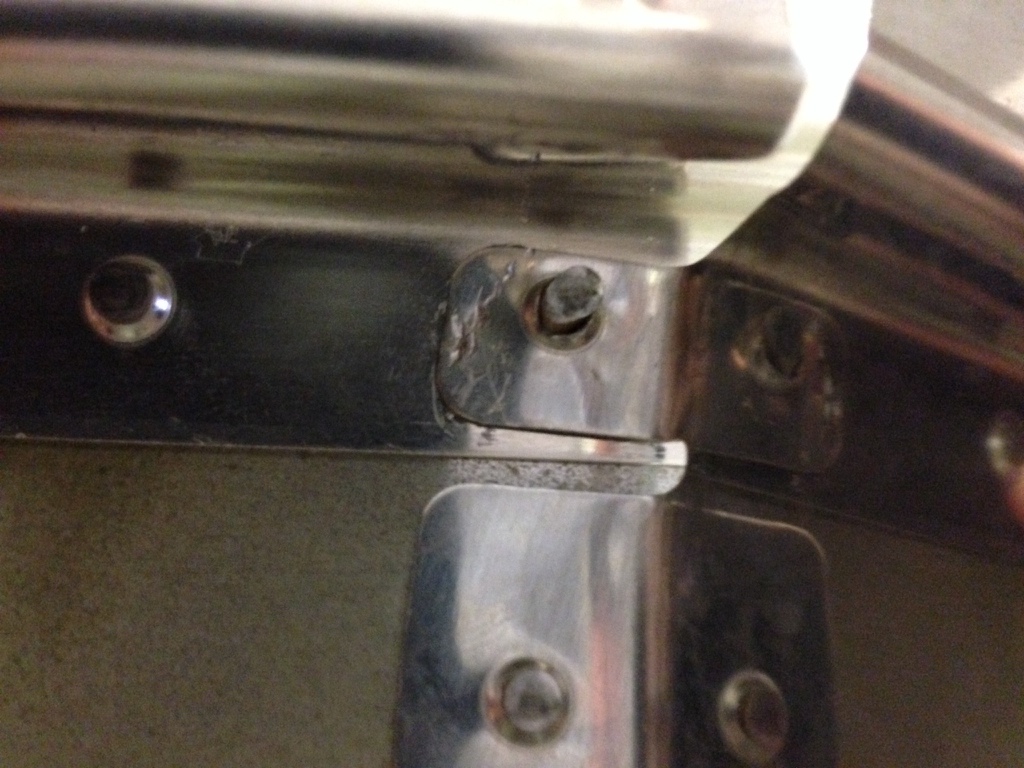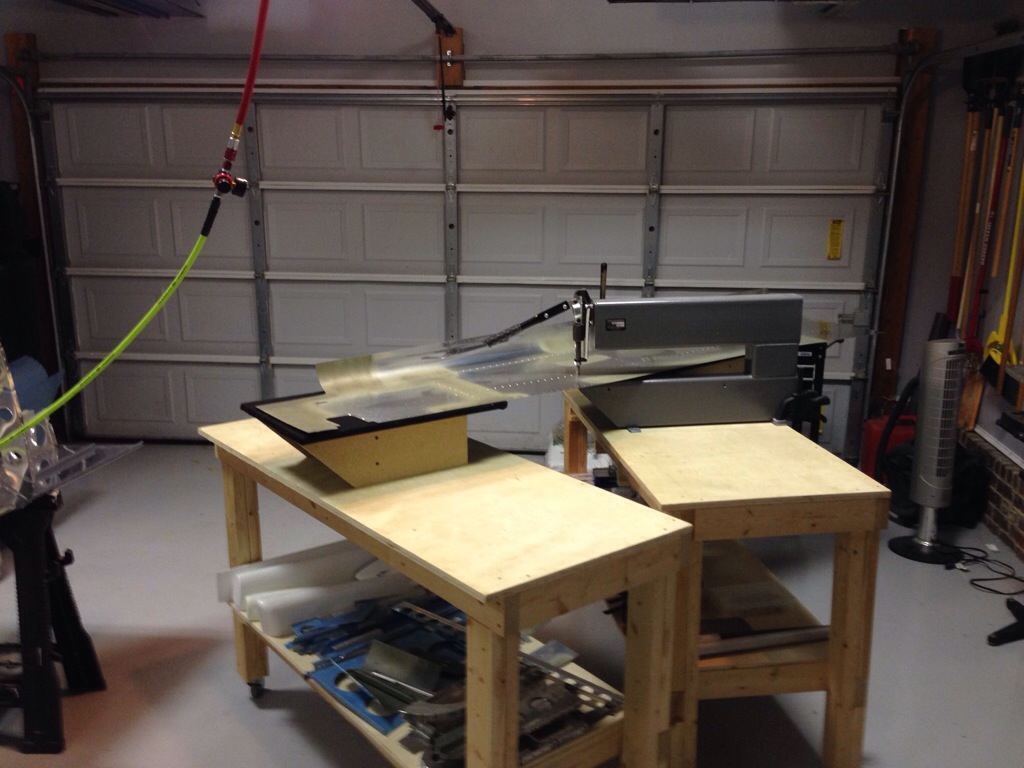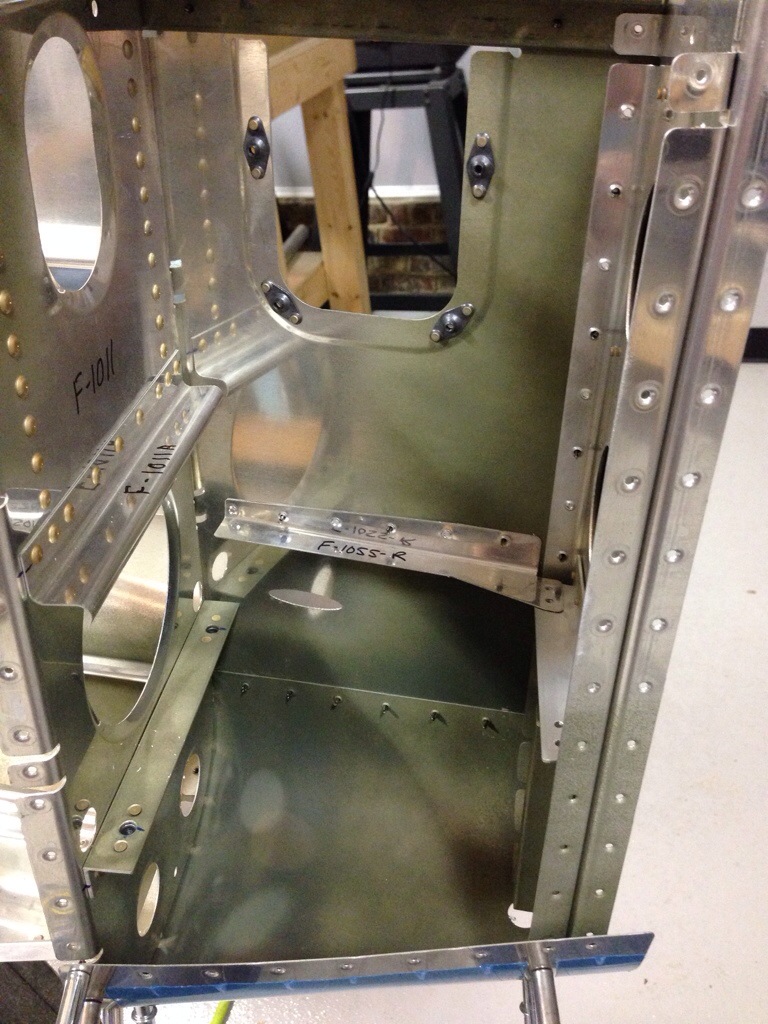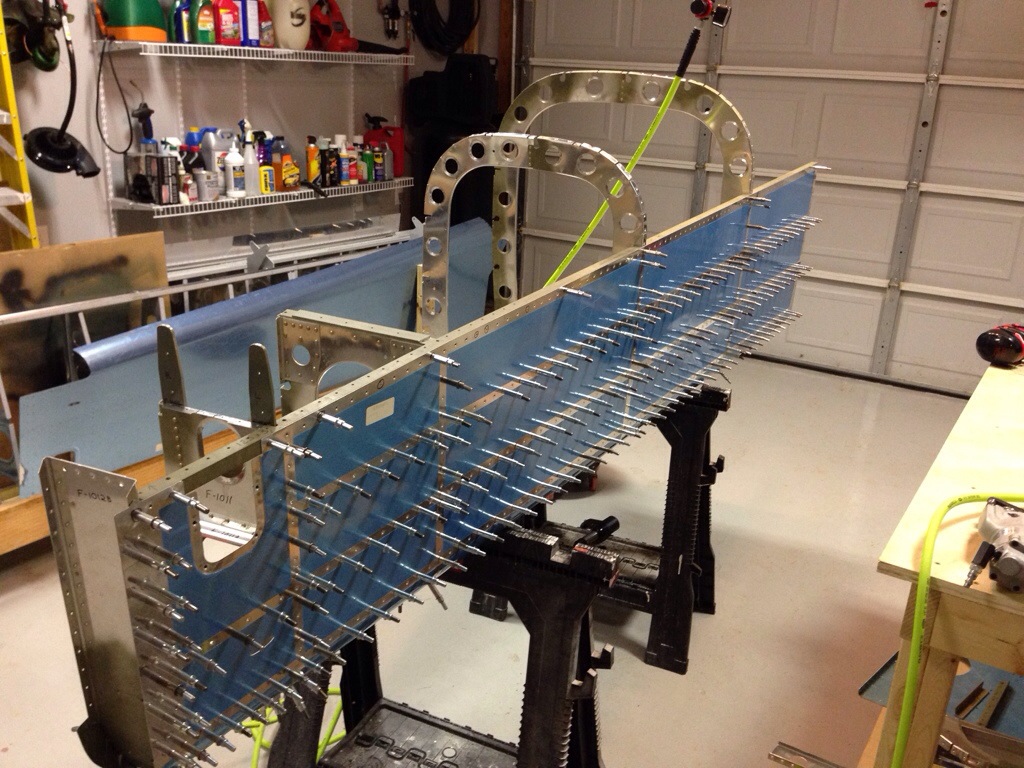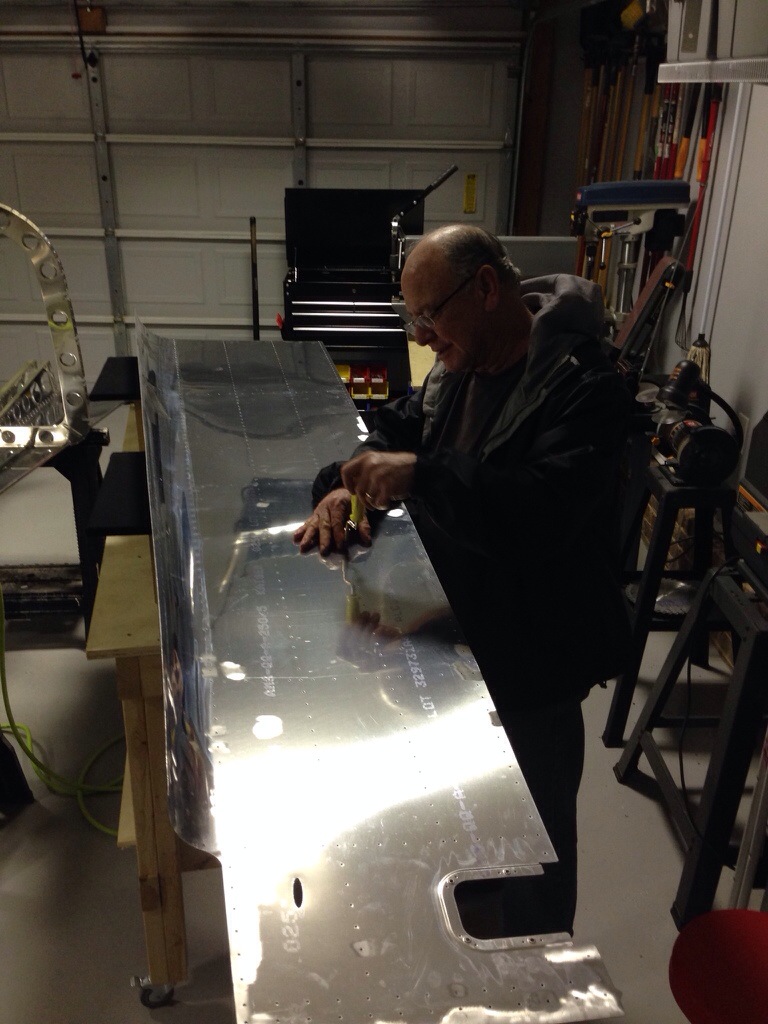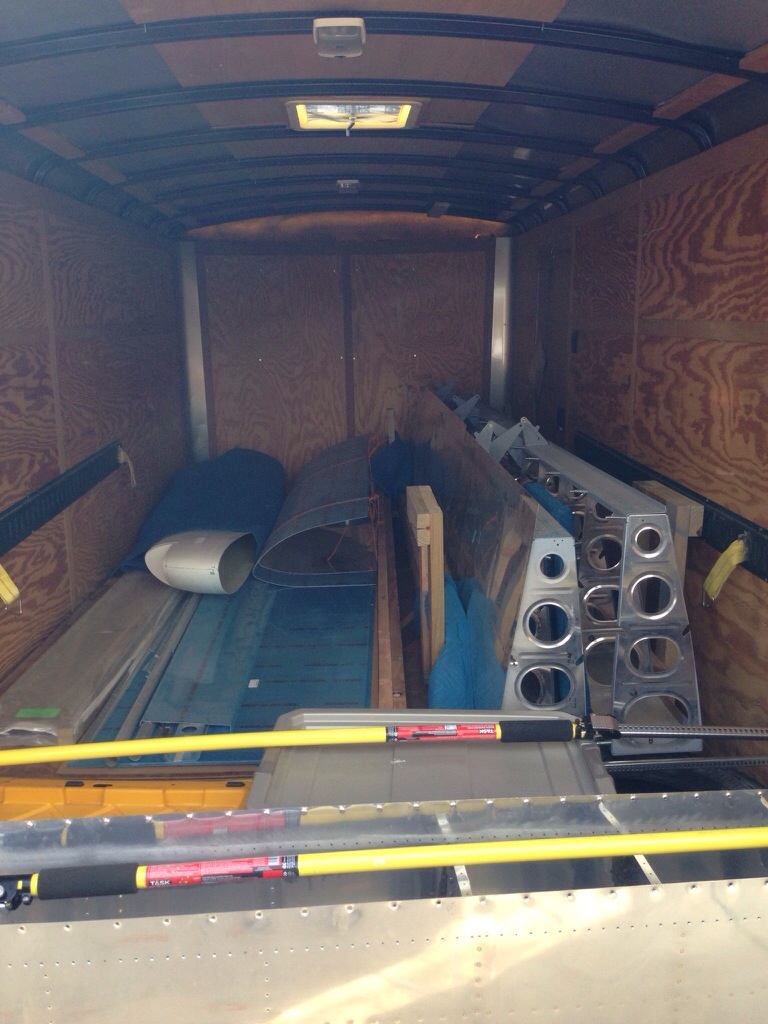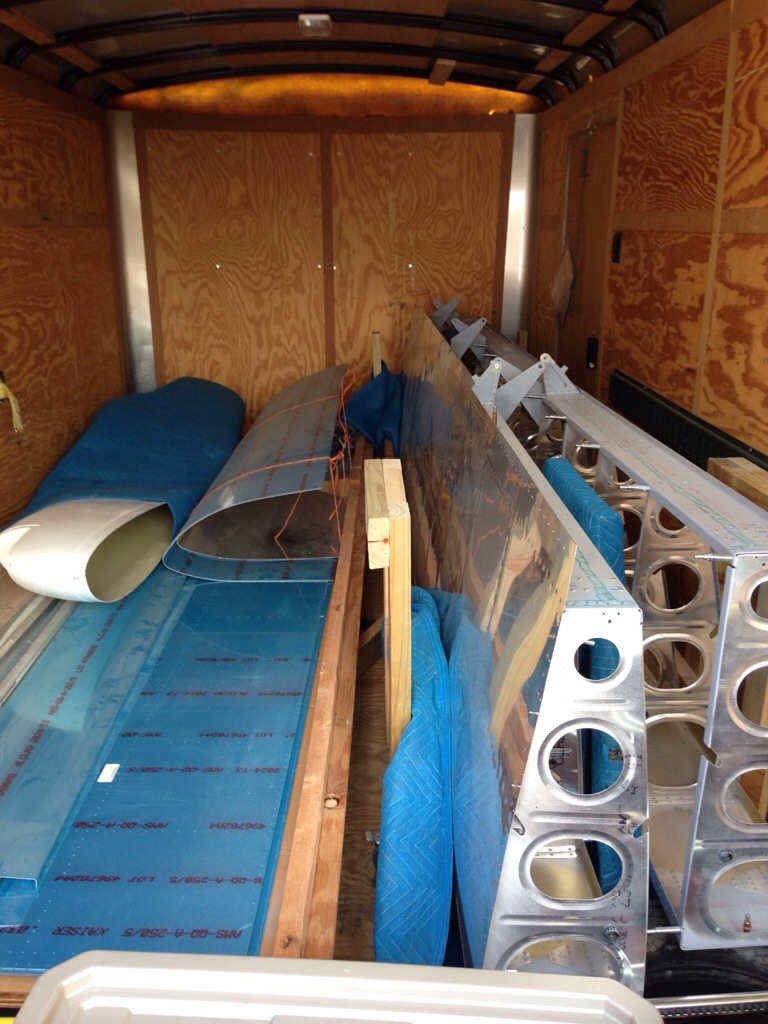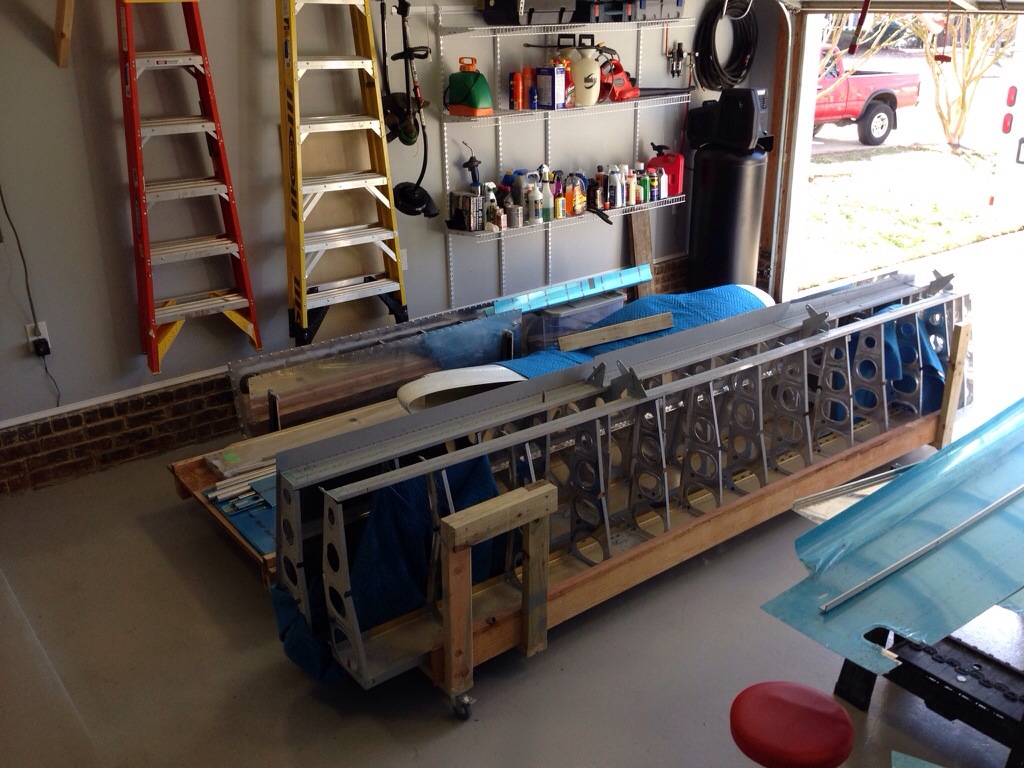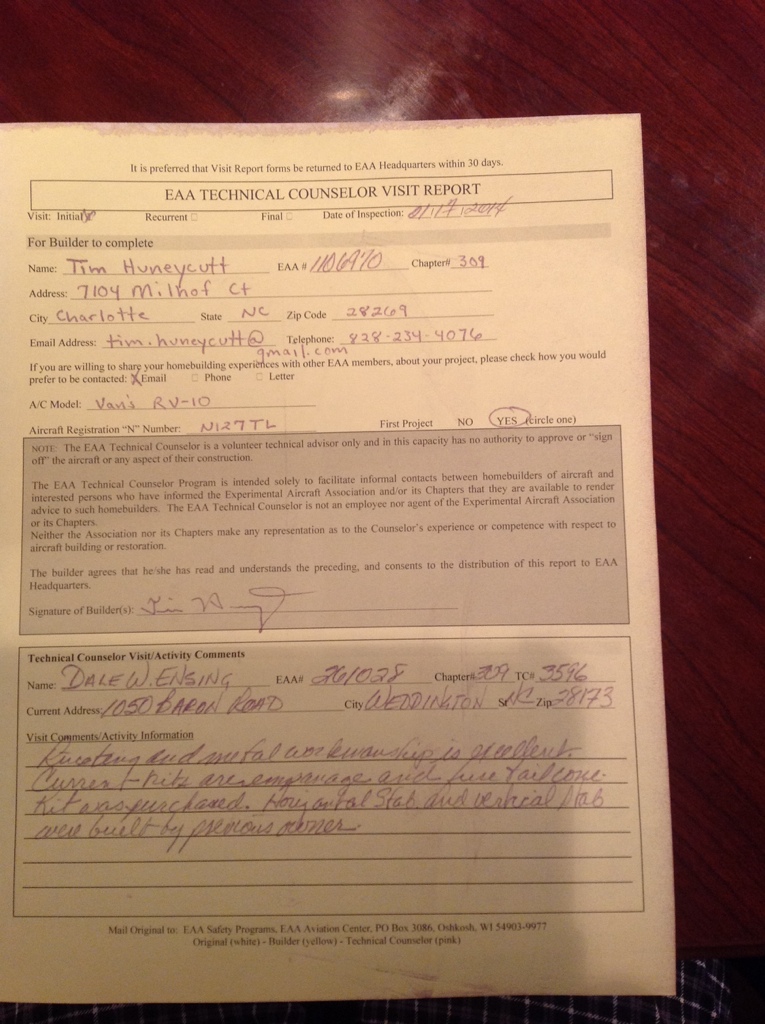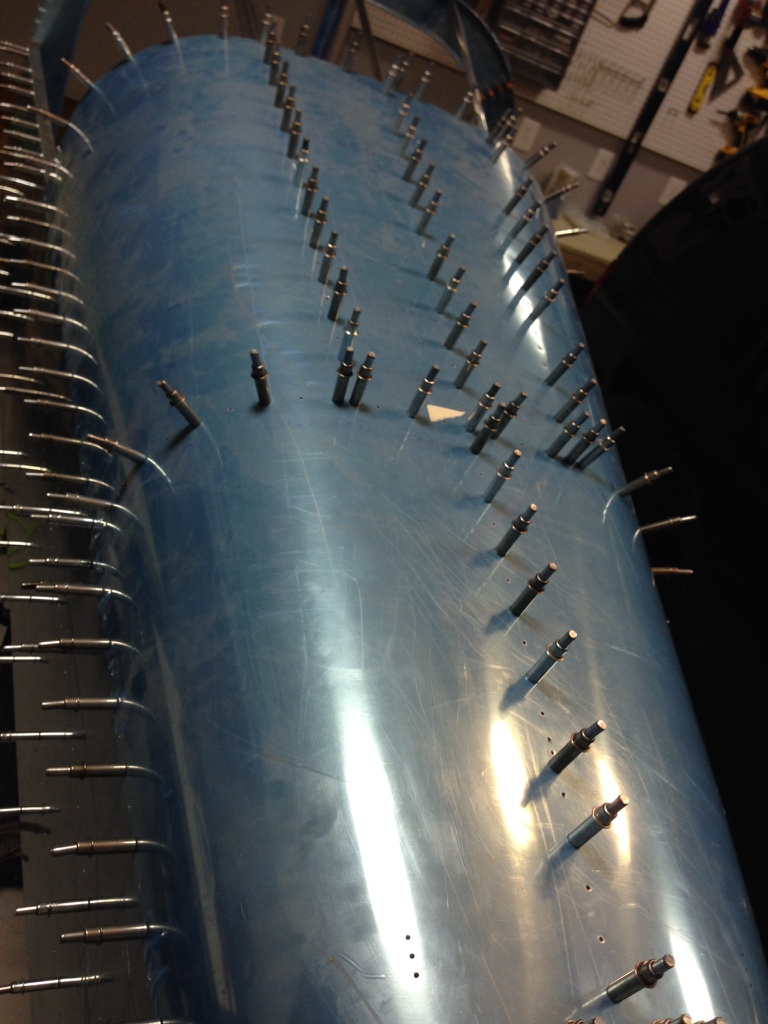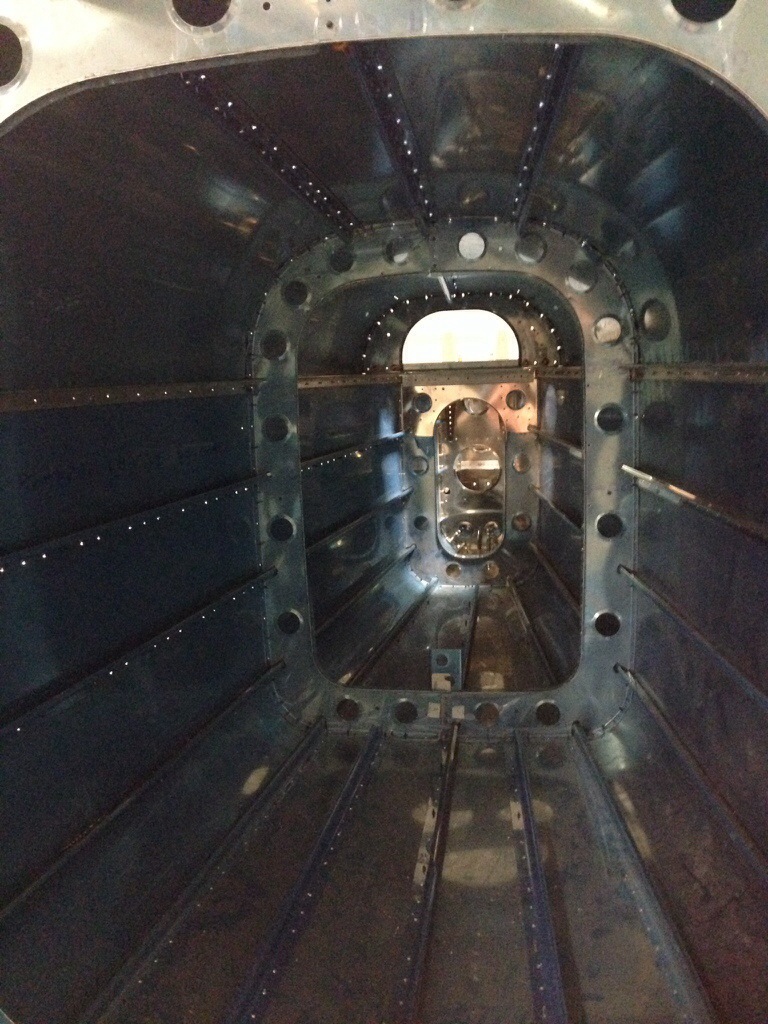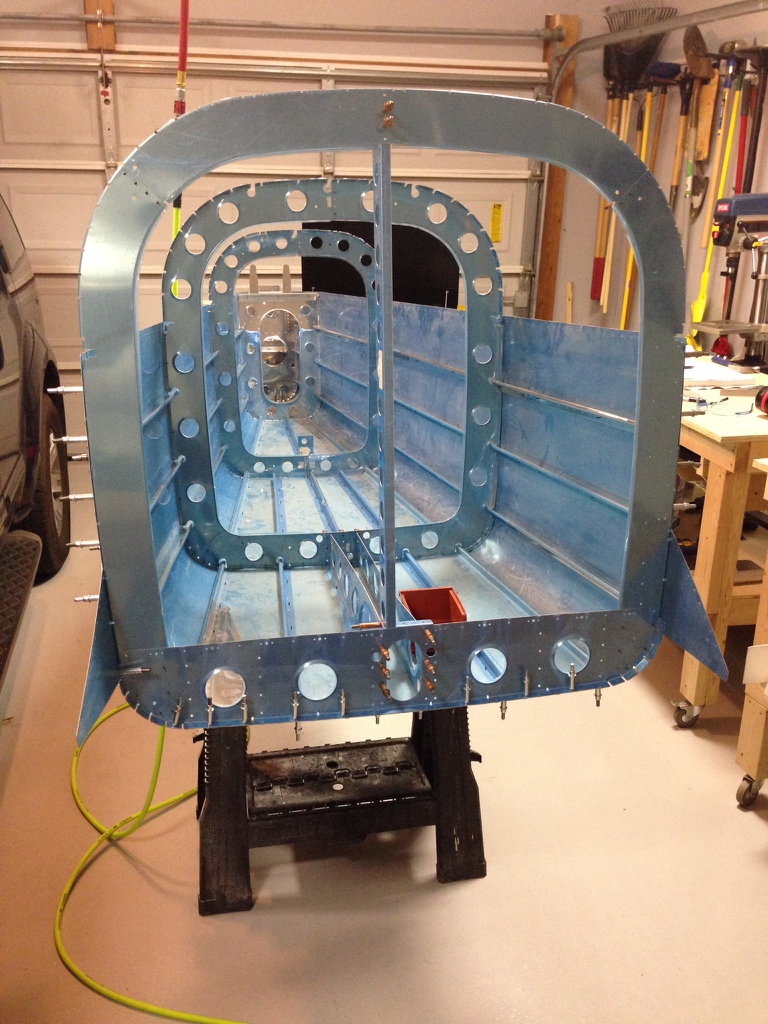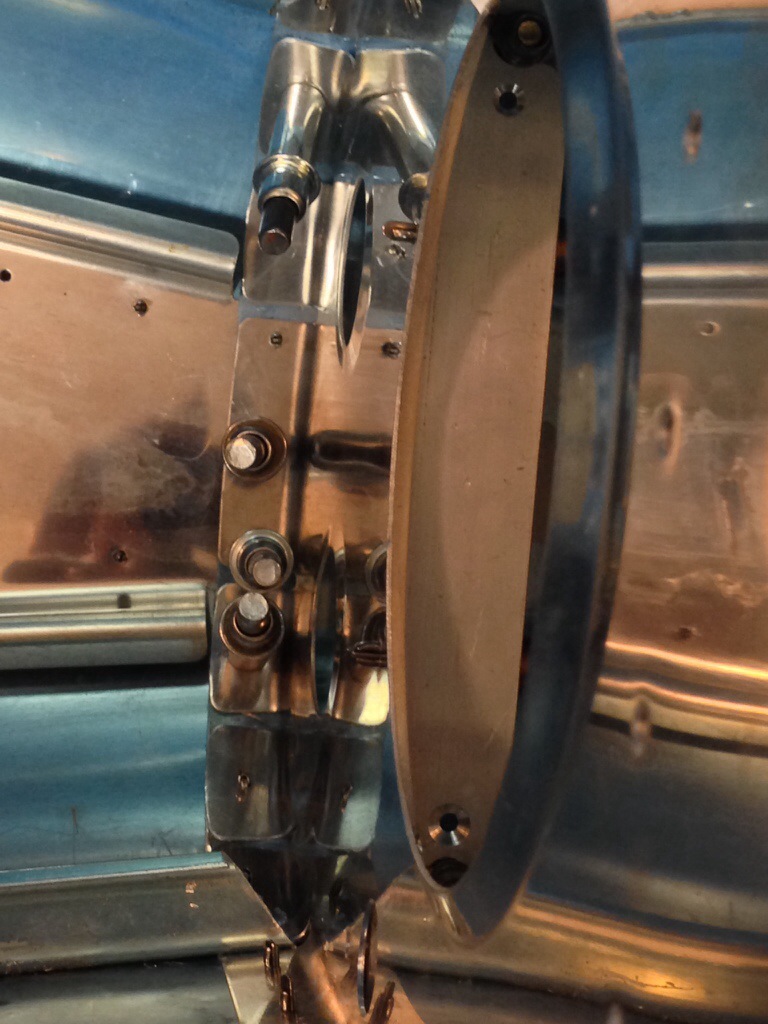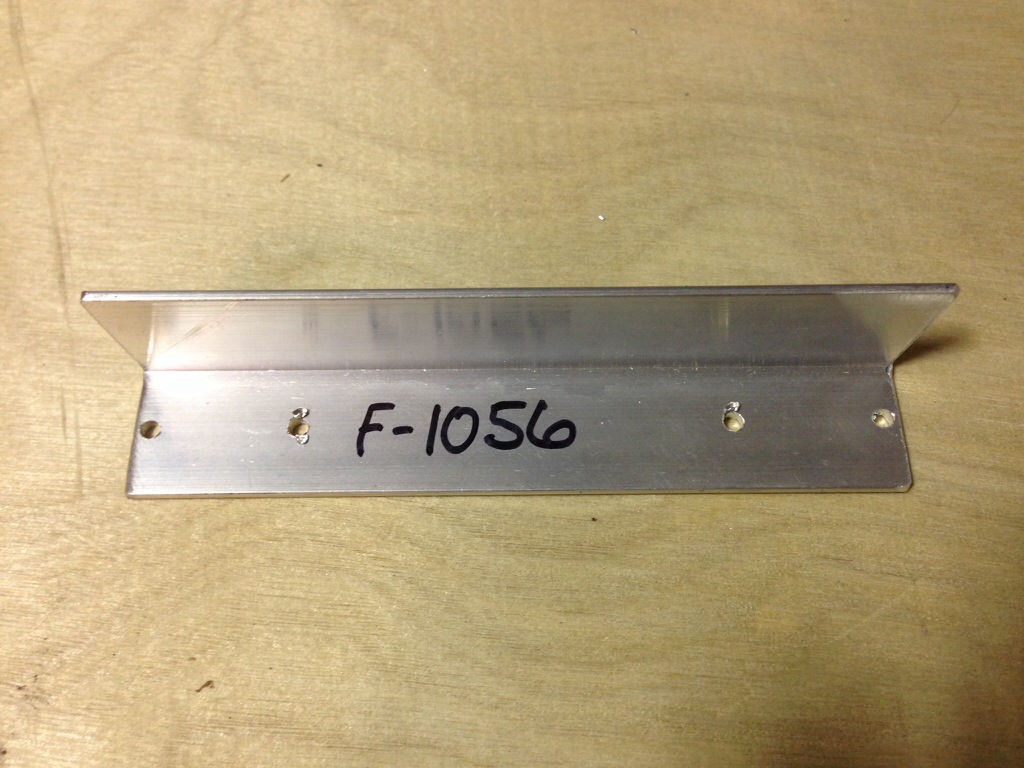While physical progress has been somewhat slow, I’ve been doing a ton of research every day for well over a year and the past couple of weeks are no exception. It is the biggest piece of advice I can give anyone wanting to build a plane; Research. Everything. Even stuff you think you know.
Lately, I’ve been looking into electrical system components to prepare for the wing kit coming next month. Everything from lights, pitot system, trim, auto pilot, fuel, and even avionics goes into these early stages of the build. I also have learned a lot from reading VAF and other build logs so will be capitalizing on their lessons learned.
I’m updating a lot of the other pages of this website with links and info on my preliminary plans. Things are changing quickly so this is a plan on paper that can change, but will give me a good target to fly towards. It also helps you think about total system architecture instead of just the aluminum pieces in front of you. For example, the tail cone will hold the battery, starter relay, antenna, wires, and lights. Planning ahead with conduit or wire runs will help avoid a tight fit crawling in the fuse a ways down the road.
Everyone says to do something each day on the plane to keep it progressing. I haven’t been good on putting my hands on aluminum every day, but I am learning something every day.

